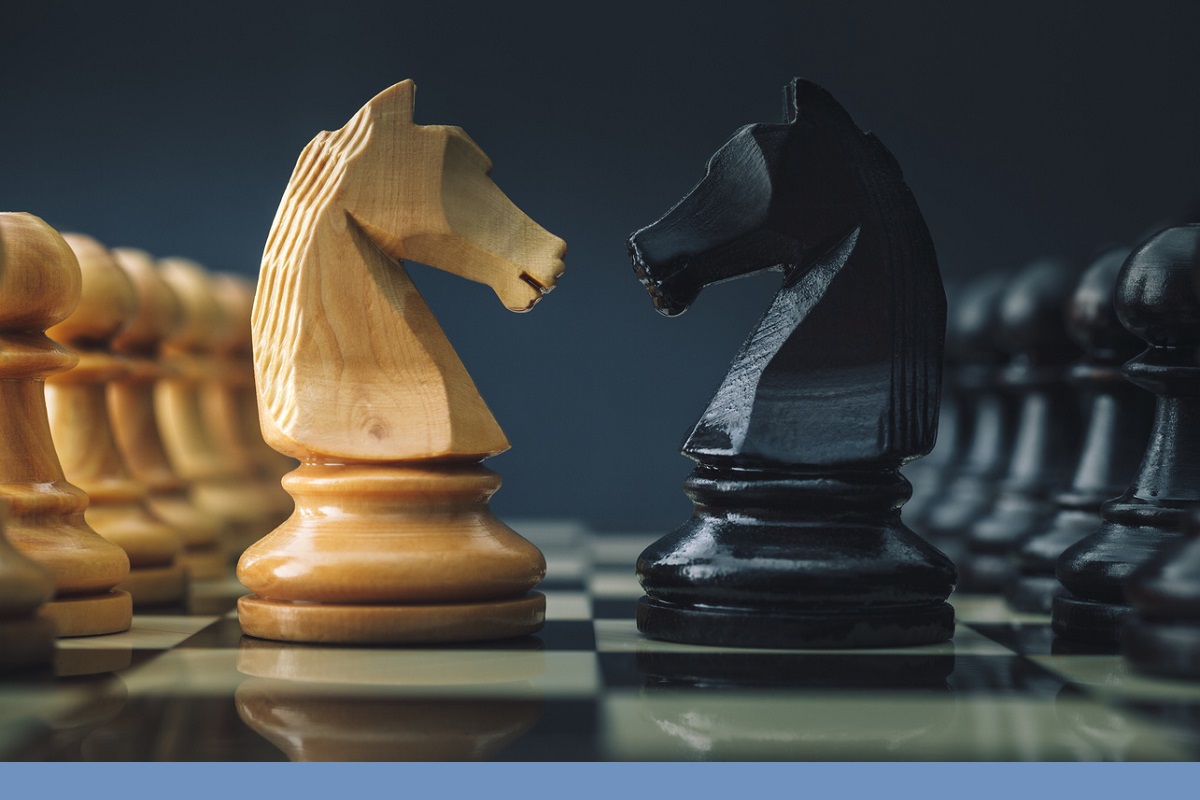When the Chess World Champion Norwegian Magnus Carlsen took on his fiercest rival, the world number four Dutch Grandmaster Anish Giri, in an exhibition match on 21 March in Oslo, it was supposedly for a social cause, for the “Move for Equality” campaign which celebrates the International Day for the Elimination of Racial Discrimination.
In this game, Carlsen made the opening move with black pieces instead of white by breaking the age-old chess rule. It was an UNESCO initiative to promote the idea of equality of opportunities. And understandably FIDE knew it a priori. The player with white pieces in chess makes the opening move and supposedly gets some advantage.
Advertisement
According to chessgames.com/ chessstats.html, as of 15 April 2019, out of 906,249 games in last 545 years starting 1475 AD, white had won 342,099 games (37.75 per cent), black had won 255,008 games (28.14 per cent), and the remaining 309,119 games were drawn (34.10 per cent). Assigning a score 1 for a win, 0 for a loss, and half for a draw, the winning percentage (i.e. the total percentage of scores) for white is 54.8.
However, people like Grandmaster Evgeny Sveshnikov argued that there is no special advantage of white in games between beginners; however white gets the advantage in games between stronger players. In this direction, based on data from more than 2.5 lakh games played between 1994 to 2001, Statistical Chess analyst Jeff Sonas showed that white scored 54.1767 per cent plus 0.001164 times the concerned player’s Elo rating advantage, and if the player playing with white has a rating 35 points below the player playing with black, the expected score becomes 50 per cent.
Sports are not always very fair. Cricket and baseball, for example, have alarming home-ground and toss advantages. However, some believe that many chess players adopt an unnecessarily defensive approach when they have the black pieces, and the reason many players rarely win with black is that they don’t even try. Andras Adorjan, the Hungarian Grandmaster and former second of Kary Kasparov, has propagated such an idea in his book ‘Black is OK!’. Also, the player with White pieces might have a psychological burden to try hard to win.
Although FIDE’s official Laws of Chess mentioned two types of pieces – ‘light-coloured pieces (White)’ and ‘dark-coloured pieces (Black)’, traditionally the game has been played with white and red, or black and red, or two contrasting coloured pieces as the chess pieces were made from ivory, bone, pottery, rock, etc.
Initially the chess-board was simply divided into sixty-four squares, without any difference of colour. The checkering of the squares into ‘light squares’ and ‘dark squares’ was a European innovation in the thirteenth century. However, the convention of white having the first move is not more than 150 years old, and it became a rule in the 1880s. In the ‘Immortal Game’ in London in 1851, Adolf Anderssen moved first with black pieces. There are instances of first move with black in Francois- Andre Danican Philidor’s book (1749), and Johann Horny’s book (1824). Also, it is known that British chess great Alexander McDonnell “preferred to have Black, as first player as well as second”.
Also, Anderssen played some other great matches where he moved first with black. In fact, chess originated in India about 1,500 years back, and later it spread to Persia. Thus, it’s quite obvious that it never started with racism and hasn’t even evolved towards racism. However, the 12th century European roots of modern chess might have somehow induced black and white bias into the game. But that was not about racism, for sure. It might very well be black representing evil, and white standing for goodness, justice and righteousness.
When Carlsen said, “We broke a rule in chess today”, and that was supplemented by Giri, “To change minds tomorrow”, how did they really influence the game with the newly-induced ‘racist’ tag? If black moves first, isn’t that racist too? Will the rules of chess be changed? But the broader question is: Is chess a racist game at all? In ‘Nine Men Morris’, although white starts, the advantage is on black’s side.
The reaction power of black in chess might turn into an advantage as well. If chess is racist, isn’t that racist too? To me chess is an unsolved puzzle. If somebody is more concerned to invent white supremacy and racism, is playing dominos instead of chess a better option for him/her?
However, now that they correlated the colours of the pieces with race, the shadow of racial discrimination would remain as a non-separable feature of the game, and might even intensify in the future, which would be difficult to circumvent. The ‘credit’ will go to the organisers of this event and the global body of the game. And, unfortunately, two great players – Magnus Carlsen and Anish Giri – were only two pawns, black and white, in this event!
(The writer is Professor of Statistics, Indian Statistical Institute, Kolkata)











